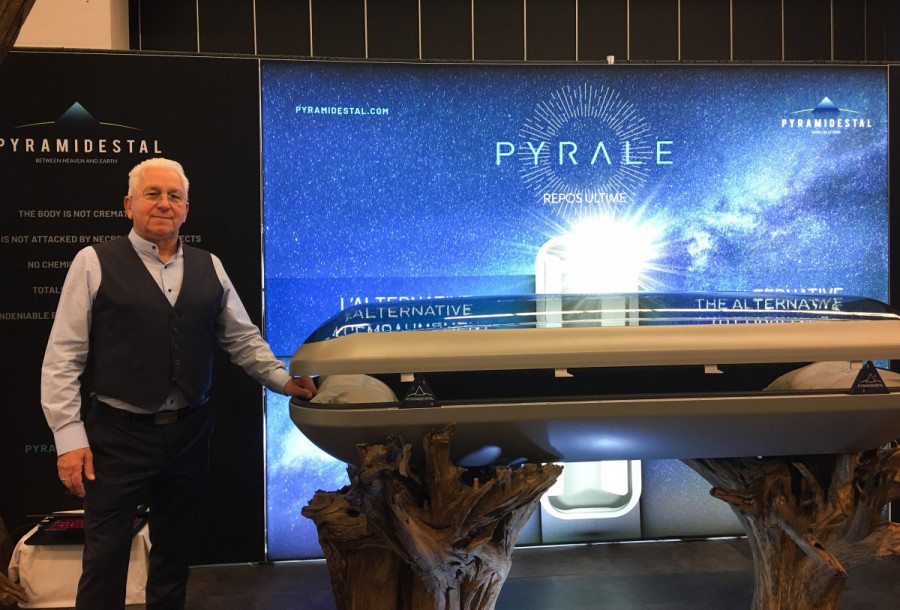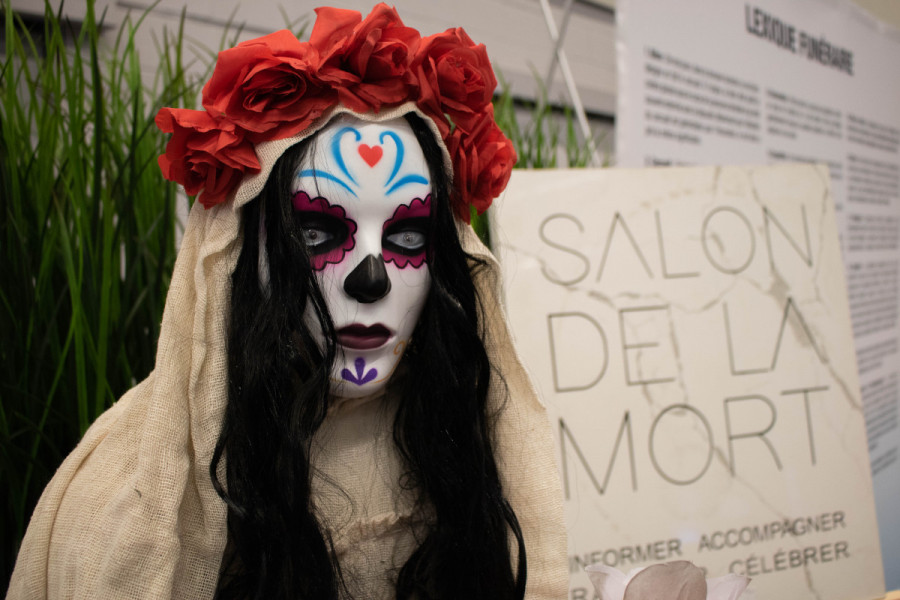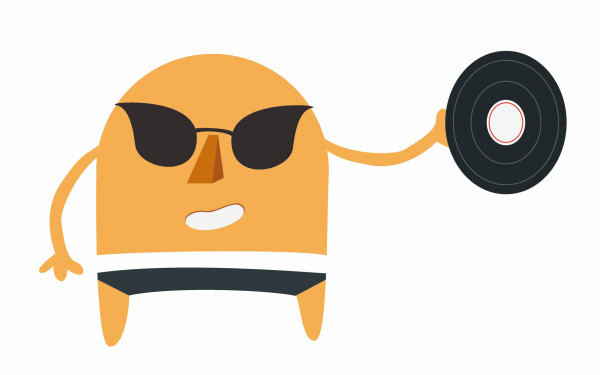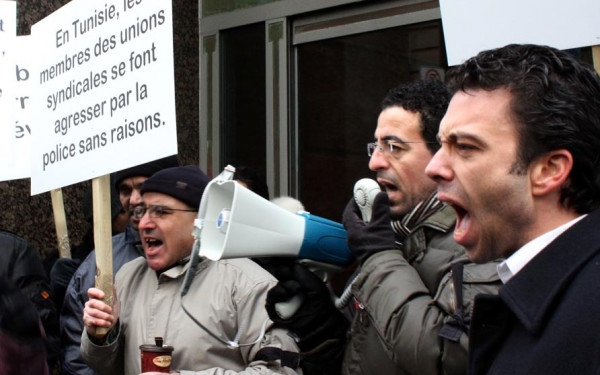Salon de la Mort Exposition Demystifies Death
Don’t Run If You Can’t Hide
“Are you surprised to see me today?” Death asked me.
Death peeked into my life, wondered whether or not I had a romantic vision of an afterlife, any regrets, sins, or secrets I’ve kept. We chatted for a short while.
TV5 Unis’ documentary webseries Épitaphe—where interviewees confide their experiences with no reservation—was one of the experiential activities at the second edition of Salon de la mort at the Palais des Congrès over the weekend.
More than 80 exhibitors convened to present services, latest innovations and start-up businesses in the funeral industry.
Death is a scary word, but it doesn’t have to be.
“It is really about having an open mind and an open heart, discussing a subject that is as taboo as death and having a public place to do it,’‘ said Phoudsady Vanny, founder of Salon de la mort.
The idea came when she hastily had to arrange her grandmother’s funeral services, more than 20 years ago today, after her sudden death. Vanny realized through her own experience and those of others that people were rarely ever prepared for death.
“How is it that this moment, which is going to happen to all of us, we are not ready for it?” she asked herself. “We’ll spend three months shopping for a car but our death, or that of our loved ones, we don’t think about it, we don’t want to talk about it.”
Salon de la mort opens up the discussion about death all while informing offering resources to those in need. Vanny’s slogan Parler de la mort n’a jamais tué personne (talking about death never killed anybody) sums it all up.
For some, the fear of death begins during childhood. That was the case for Pierre Béliveau, inventor of the Pyrale—a capsule that presents an alternative to being buried or incinerated.
The technology in the airtight aluminum capsule, stored in a pyramid, dehydrates the body of the deceased over a period of 50 to 99 years and is then removed from the capsule. The aluminum capsule is then melted and remoulded, ready to be reused for the next body.

At a young age, Béliveau believed that coffins would go to the middle of the earth once buried in earth, and that bodies would drown.
Now at 68, pairing his environmentalist character with his childhood philosophy, Béliveau said, “I made it for myself.”
On the ecological front, this method prevents embalming chemicals and consumed medications (usually by the elderly folks) to pollute the groundwater. And, as a bonus, necrophagous insects won’t feast on your body. (Yay!)
“Parler de la mort n’a jamais tué personne.” —Phoudsady Vanny
“People are ready to have a little something new in the funeral market because it’s a little archaic according to us,” said Benoit Béliveau. He believes that clients will be receptive to a new method that differs from the traditional burial ceremony.
However, not all products and services are strictly for the funeral industry. Despite the dark theme of the exhibit, the ambiance wasn’t all doom and gloom.
Bernard Prieur, founder of Prieur Pierres & Monuments, uses water jet cutting to create personalized headstones and monuments. He has worked in the industry for more than 35 years. “I cut two war submarines for the National Defence when everyone thought it was impossible,” said Prieur.
With a lifetime of experience in the field and more than 15 years of trial and error, Prieur developed his own concept and equipment using a robotic system as a base. “I was going to retire but I said, no forget that, I’m going to try my hand at it,” he continued.
Each drawing is programmed into the robot which will then cut out the design on the rock with water jets.
“It’s delicate despite the fact that it’s massive,” said designer Odette Massicotte, who believes the market for personalized monuments is growing.
Examples of work were arranged on low pedestals—one was a maple leaf with a fleurs-de-lis-shaped cut-out and another, the silhouette of a hiker.
Engraver Gaël Go, who works as a subcontractor for companies that sell monuments, doesn’t limit her business exclusively to funerals and caskets.
A black and white portrait and a depiction merging an elephant with a tree played with positive and negative space on the engraved stone.
“What I’m trying to do here is to make engraving a little more accessible to people; to take it out of the cemeteries, to bring it into living rooms, into the gardens,” she said.
There was also a literary space with books of different genres catering to different demographics—death being the central theme. A little white table for book signing was placed in the corner for some of the speakers.
One of them was Sylvie Bernier, a Canadian diving Olympic gold medalist, whose life was shaken after the drowning of her five-year-old nephew.
“Despite the great distress, despite the loss, despite the absence of a loved one […] the light comes back, but you have to look for it,” she said.
After 17 years of grieving and “a great search for meaning,” Bernier was finally able to transform the family tragedy into something positive. Bernier wrote Le jour où je n’ai pas pu plonger, recounting her journey to overcoming and mourning her nephew’s death.
“I had to rebuild myself,” she explained.
With Salon de la mort, Vanny hopes to initiate an awakening on a personal level, but also on a cultural and political level.
“We can’t force people to come because people are not there yet in their reflection,” she said, explaining that the taboo of death is so deeply ingrained in the society’s mentality that many businesses still shy away from associating with it.
Vanny explained she wants more people from palliative care and old age homes to participate to further normalize death in all aspects.
“My wish is that we move from a solitary death to death in solidarity,” she said.


_600_832_s.png)


__600_375_90_s_c1.jpg)
